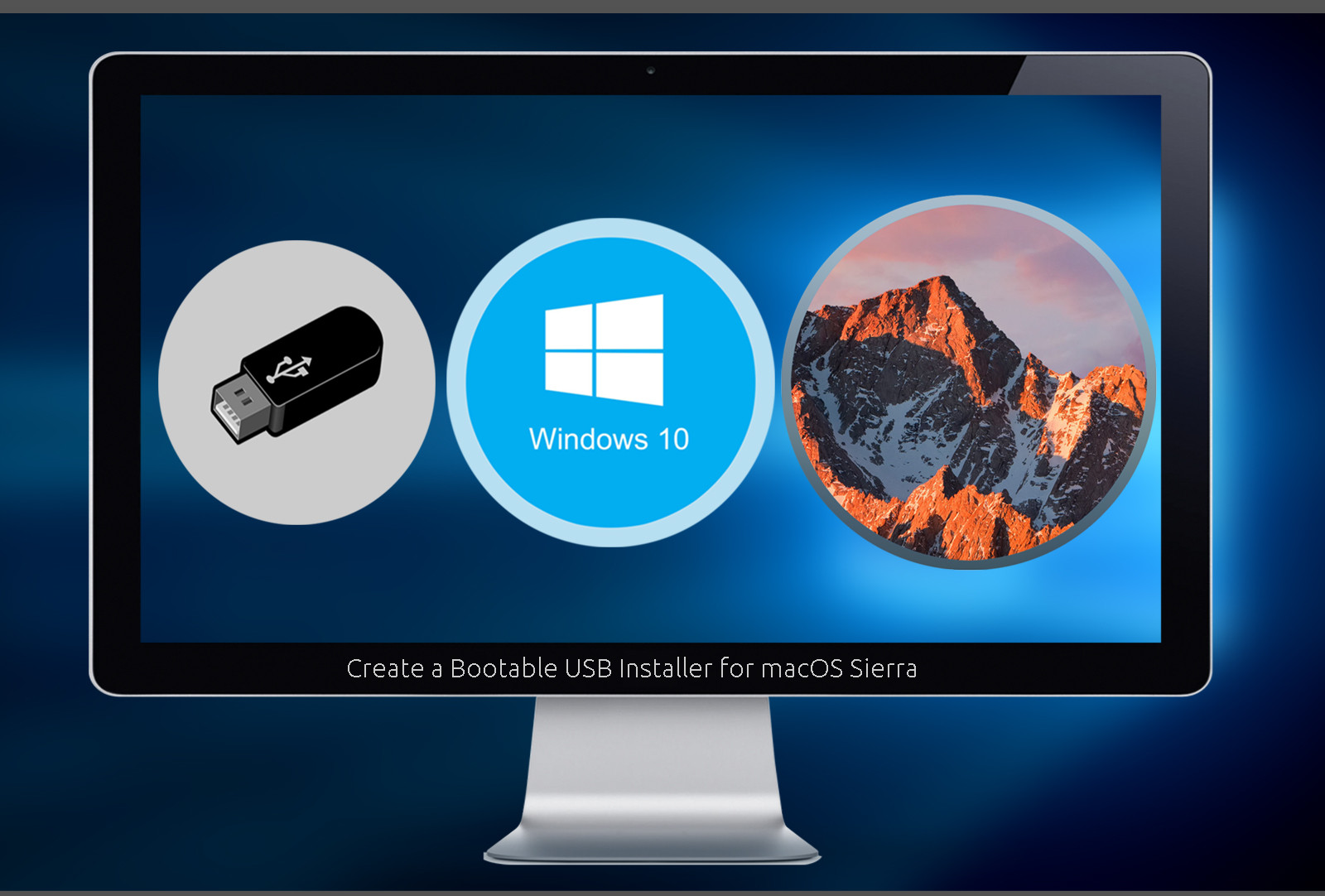

- #HOW TO BOOT MAC FROM USB FLASH DRIVE ON PC MAC OS X#
- #HOW TO BOOT MAC FROM USB FLASH DRIVE ON PC MAC OSX#
- #HOW TO BOOT MAC FROM USB FLASH DRIVE ON PC MAC OS#
Well, for this solution you will need any running version of Mac OSX leopard or snow, either on another mac, macbook or on the same machine you want to install in (if you're doing a re install) Maybe it's obvious or maybe not, but all External USB Hard drives are really just SATA/IDE hard disks cased in a metal box and given a usb port! I had the very same dilemma and after searching the internet for days, i stumbled upon the solution by myself.

This is for anyone looking for a solution to installing Leopard on a Mac PPC that doesn't have a CD/DVD drive. I can't thank you enough for the time and hassle you saved me! Also, it was fun using OF mode for the second time. The BootX location provided in this post was spot-on for my 10.5.6 image. For me, the location of the bootable USB was I mention this because the ",1" was easy to miss on my machine and was needed. The restore step took about 20min for me, as did the OS installation (trimmed of language and printer driver options) Otherwise, I only had 6.4GB usable space for a 6.7GB DMG file. The USB had to be formatted as MACOS Extended, not Journaled. Here are some tidbits from my experience: I was successfully able to use this method to restore my computer and sanity! All I had was a Leopard DMG sitting on my windows box and a 8GB USB drive laying around. I have no Firewire drives, Time Machine backup, blank DVDs, etc. This saved my day!! I have a late-model 1.67GHz Powerbook which was ruined beyond Disk Utility's reach, due to a frozen OS update that forced me to power down. Type dev / ls to get the device tree list. Restart your iMac while holding down Command+Option+O+F. Also you can check it on Disk Utility, select the hard drive - right click on it and select 'Information,' and write down the 'Partition Number.'Ĩ. This might be disk1s3 in which case the partition number is 3. an MacOSX DVD or DMG restored to a partion with Disk utility's restore). Determine the partition where your bootable image it situated (e.g. Then drag the appropriate partition (in my case, the USB external drive) to the destination field.Ħ.

Select the Restore tab of Disc Utility and drag the Disk Image (or the DVD in case you have an external drive) for the Installation Media onto the Source field.ĥ. Once the drive is in the Apple Partition Map scheme.Ĥ. Make sure that the drive is formatted using an Apple Partition Map scheme, not GUID or MBR (you may need to reformat your drive to get it in this form). Select the drive in Disk Utility and then select the Partition tab.

Connect your external drive and launch Disk Utility.ģ. Note: you can skip this step and make the restore directly from theDVD - just dragging the DVD into the Source field - explained in step 4.Ģ. In my case I used an external DVD (Dual Layer) drive with the Installation media to make the image - because the system doesn't recognize that drive in the Startup Manager (when I restart it while holding down Option key), neither was listed at System Preferences » Startup Disk.
#HOW TO BOOT MAC FROM USB FLASH DRIVE ON PC MAC OS#
Start by creating the disc image of the installation media (this can be DMG, CDR, ISO or any of the disc image formats supported by Mac OS X). This works for PowerPC Macs that don't have a Dual Layer DVD, and you wish to install Leopard using an external USB Drive instead.ġ.
#HOW TO BOOT MAC FROM USB FLASH DRIVE ON PC MAC OS X#
After doing a lot of research and trying out some hints, finally I could install Mac OS X 10.5 Leopard on an iMac G5 1.8 GHz, and I would like to share with you the solution that I got.


 0 kommentar(er)
0 kommentar(er)
